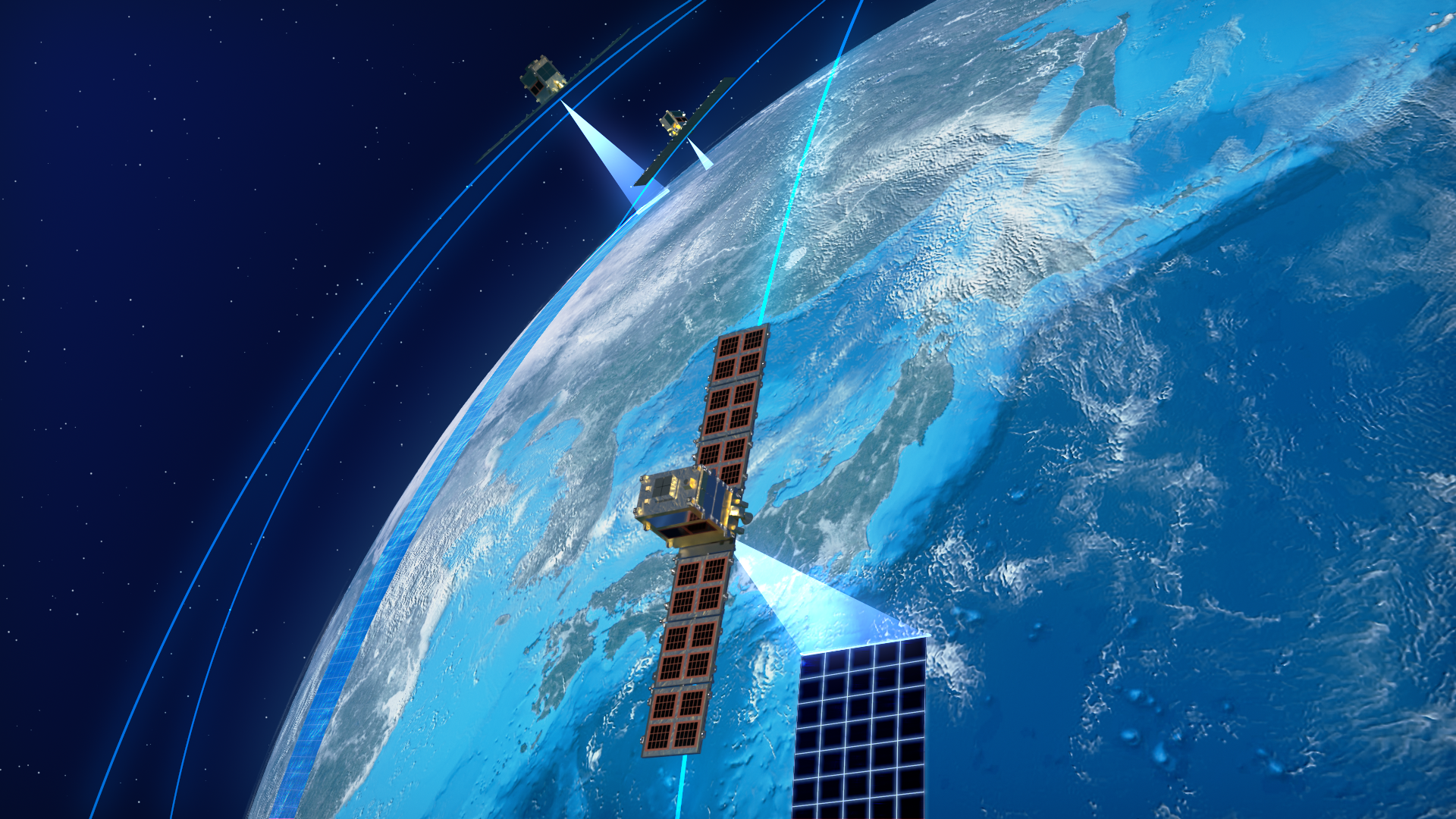[Press release]

WARPSPACE, which is building a high-speed optical laser communication network in space, and Synspective, which provides solutions through satellite data analysis, develops and operates small SAR satellites, and provides SAR data, have agreed to proceed with technical verification using software to analyze data acquisition frequency and speed when using an optical laser communication network.

Rocket development, planetary exploration, space travel, space internet, and big data from space, also known as the “space industry,” once considered a dream, is now said to be a $350 billion market. The industry is expected to keep a steady growth and surpass $1 trillion * by 2040. Various technological breakthroughs have led to such growth in the space industry market.
We are exposed to and benefit from a variety of information via the Internet every day, which is supported by a robust communication network. The Internet enables the collection of diverse and latest data, simplifying people’s decision-making.
There is no doubt that the strengthening of communication networks will play an essential role in the acquisition of information in space as well. By increasing the speed and frequency of satellite communication, the cycle of sending data acquired by satellites to the ground can be accelerated.
WARPSPACE and Synspective are Japanese space startups trying to strengthen the network in space. WARPSPACE plans to build a high-speed optical laser communications network in 2024 and 2025 that will enable users to obtain satellite data within 30 minutes. Hiromitsu Azuma, COO of WARPSPACE, sees a vast potential for this network to build a better society. “We are using optical laser communication technology to develop networks that can transmit large amounts of data to the ground at unprecedented speeds. We are building the foundation for shaping various solutions to improve society.”
Toshihiro Obata, CTO of Synspective, also sees the same. “We are sure you all feel stressed when your computer is not connected to the Internet. With the Internet, collecting a vast amount of new information has become possible, allowing people to make more accurate judgments.” While Synspective has ways of doing it, Toshihiro says, “We are trying to do the same in the space field.”
Synspective aims to build a constellation of 30 small SAR satellites by 2026 and already provides satellite data by SAR satellites that can obtain the earth’s topography and structures from the operation of two satellites and other diverse external data using machine learning, extracting the necessary information and providing solutions to customer organizing the data according to the purpose.
With this agreement in effect, the two companies intend to verify the amount and frequency of data acquisition when using high-speed optical laser communication networks. If beneficial verification results are obtained, parties will proceed to technical verification for placing optical laser communication terminals on observation satellites.
Eventually, when the network in space is strengthened through collaboration, it will provide a greater volume of new data to the ground. These data will be helpful as observation information through daily monitoring and as data for disaster relief efforts and disaster mitigation to minimize the damage caused by natural disasters such as floods and forest fires, which are becoming more severe and frequent worldwide. The Japan Aerospace Exploration Agency (JAXA) and other organizations are conducting field tests.
Hiromitsu sees much potential in this collaboration. “Synspective is a Japanese company that shares the same world view. We are honored to be working with Synspective, and we will do our utmost to help them utilize more satellite data and realize a more livable society together.” Toshihiro also shared his thoughts and added, “We are looking forward to WARPSPACE’s services contributing to our efforts to evolve society into a “learning world” by developing a network that connects information obtained in distant space to our customers.”
*Data from “Haver Analytics Morgan Stanley Research”

